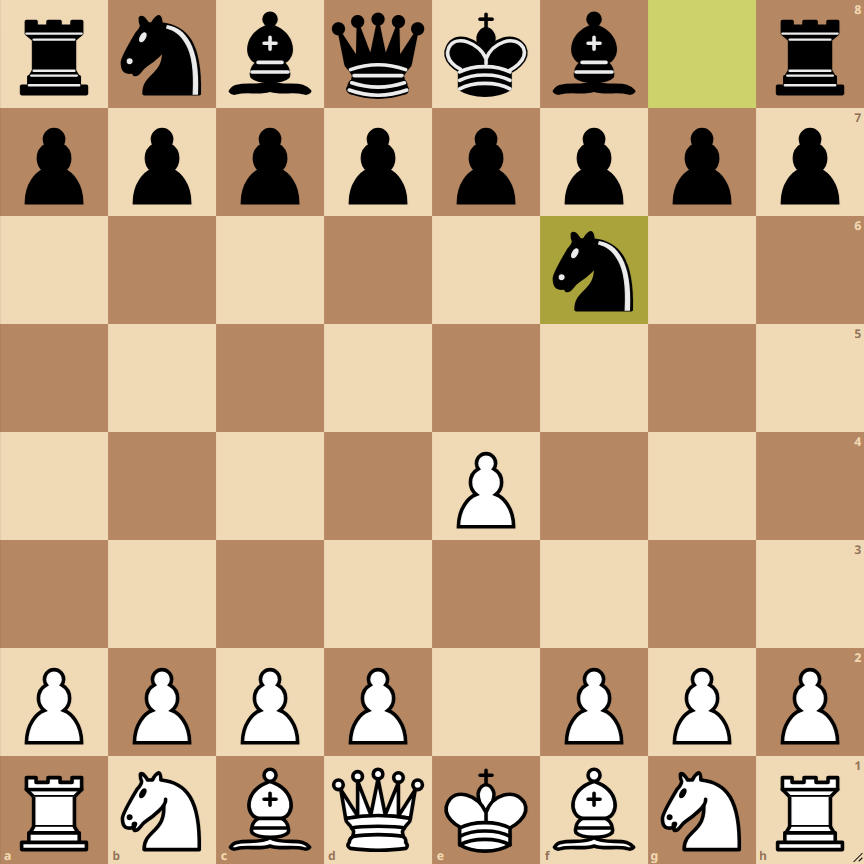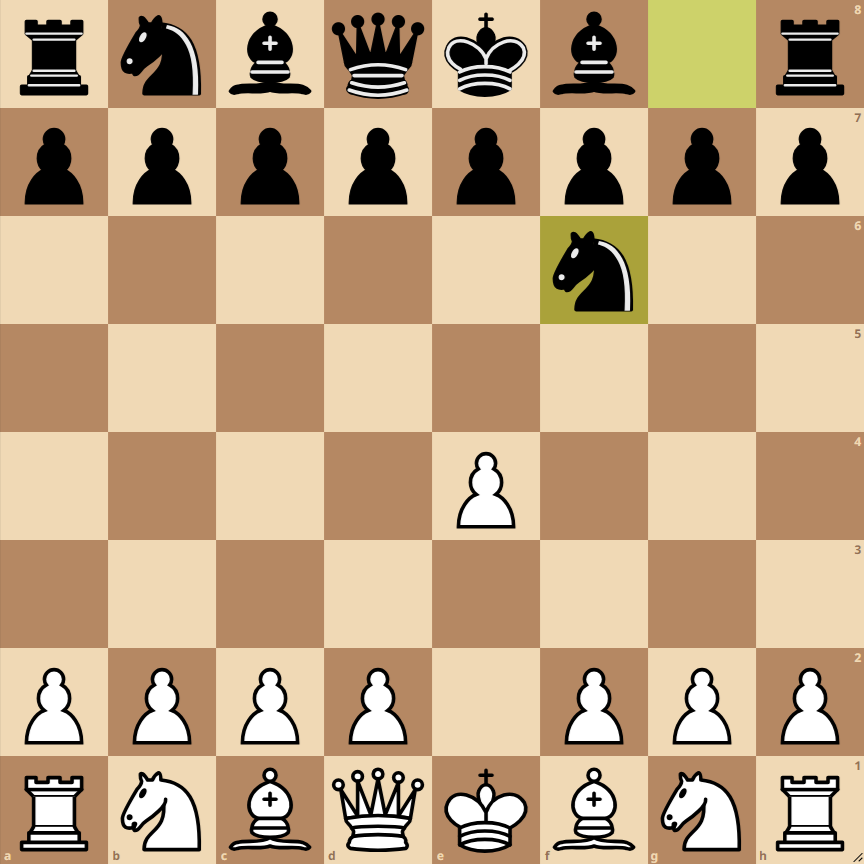How to Play the Alekhine Defense Opening

The Alekhine Defense is a chess opening that begins with the following moves:
- 1. e4: White advances their king’s pawn two squares forward, aiming to control the center and prepare the development of their pieces, especially the bishop and queen.
- 1… Nf6: Black responds by moving their knight to square f6, attacking the e4 pawn and seeking to disrupt White’s central control. This move characterizes the Alekhine Defense.
Variants of the Alekhine Defense Opening
Advance Variation
In this variation, White advances their e5 pawn in response to Black’s Nf6, aiming to gain space and limit the options of the black knight.
Exchange Variation
A less aggressive option for White is to exchange their e4 pawn for Black’s f6 knight. This leads to a more balanced and positional game.
Four Pawns Variation
This is a more aggressive variation where White rapidly develops their central pawns (d4 and c4), aiming for spatial dominance and preparing a midgame attack.

